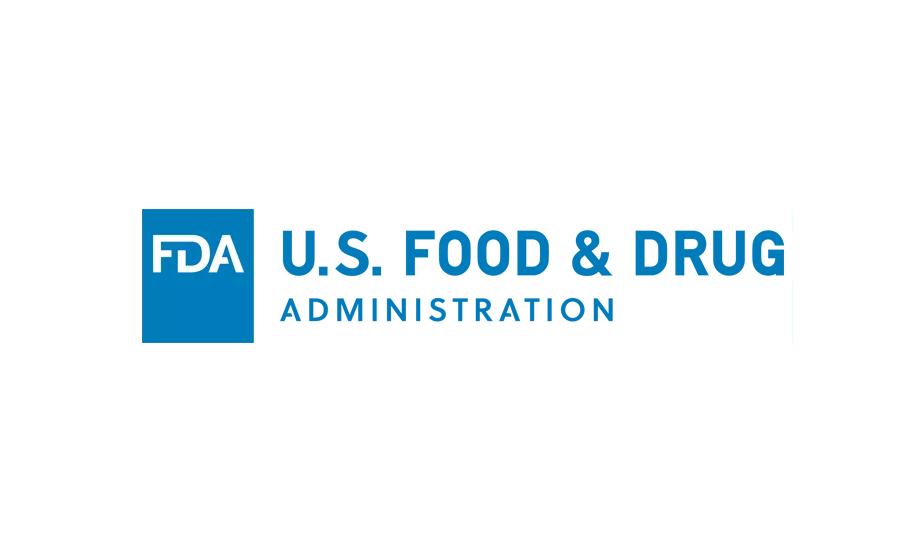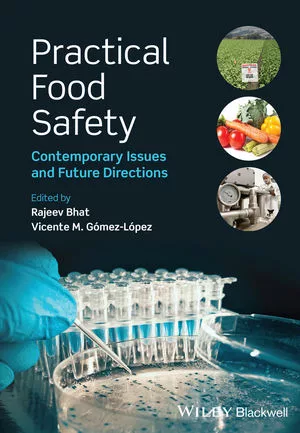FDA issues draft guidance for industry on reconditioning of fish and fishery products by segregation

Today, the U.S. Food and Drug Administration issued draft guidance for industry entitled “Reconditioning of Fish and Fishery Products by Segregation.” This draft guidance provides information to owners of fish and fishery products regarding the reconditioning of adulterated products and provides recommendations on how to demonstrate that portions of the affected articles are safe for consumption. This guidance will help ensure that safe product reaches consumers.
Anyone introducing, delivering, or receiving fish and fishery products in interstate commerce is ultimately responsible for ensuring that the food is safe and complies with all applicable laws and regulations. This draft guidance provides industry with an explanation of two approaches to recondition adulterated fish and fishery products. Specifically, this draft guidance provides suggestions for:
- segregation based on a production-related rationale supported by production records identifying the cause of the adulteration and its restriction to only a portion of the article along with sampling and testing to confirm that the segregation was successful; or
- segregation based on the results of statistically significant sampling and testing. Here, the sampling and testing forms the basis for the segregation.
Fish or fishery product owners may use an alternate approach for reconditioning if it satisfies the requirements of the applicable statutes and regulations.
The FDA encourages industry feedback and continues to work with industry to help find effective ways for partially contaminated product lots or shipments to be segregated into violative portions to be destroyed or diverted for appropriate non-food use; and safe product portions that can reach consumers.
Although you can comment on a guidance at any time (see 21 CFR 10.115(g)(5)), to ensure that the agency considers your comment on a draft guidance before it begins work on the final version of the guidance, submit comments before the comment period close date. The comment period will be open for 60 days starting September 17, 2019. Submit electronic comments on https://www.regualtions.gov to docket FDA-2019-D-3324.
All written comments should be identified with the docket number on each page. Submit written comments to:
Division of Seafood Safety, Office of Food Safety
Looking for quick answers on food safety topics?
Try Ask FSM, our new smart AI search tool.
Ask FSM →
Center for Food Safety and Applied Nutrition
Food and Drug Administration
5001 Campus Dr.
College Park, MD 20740







